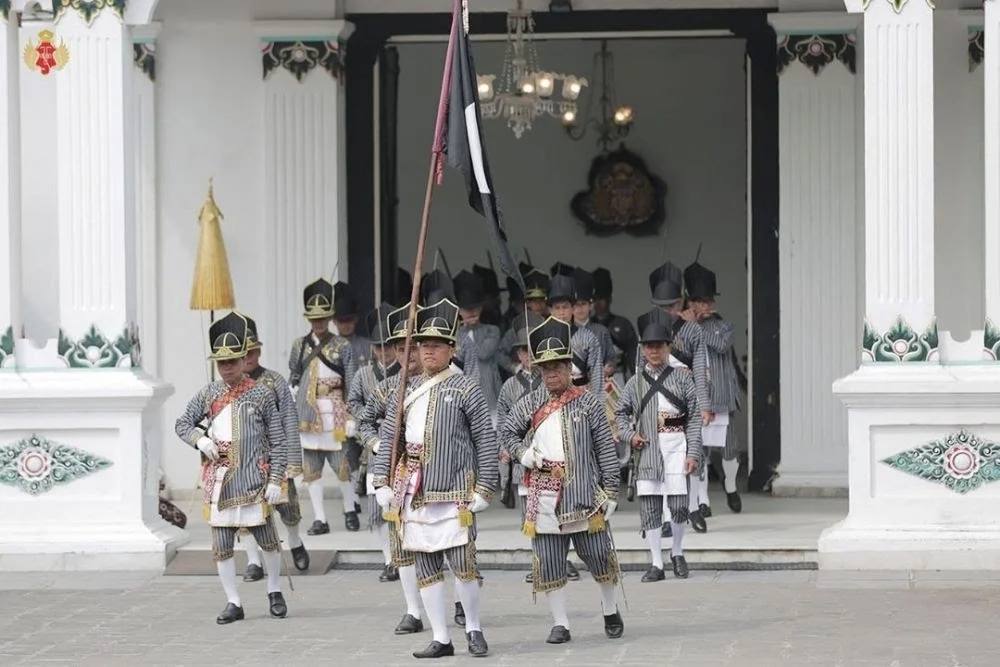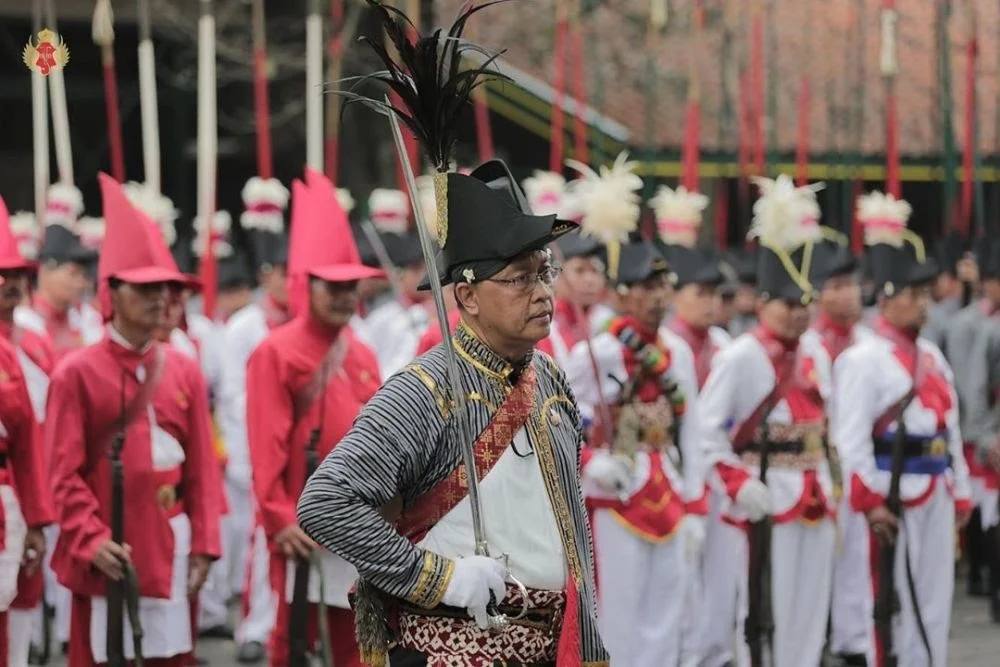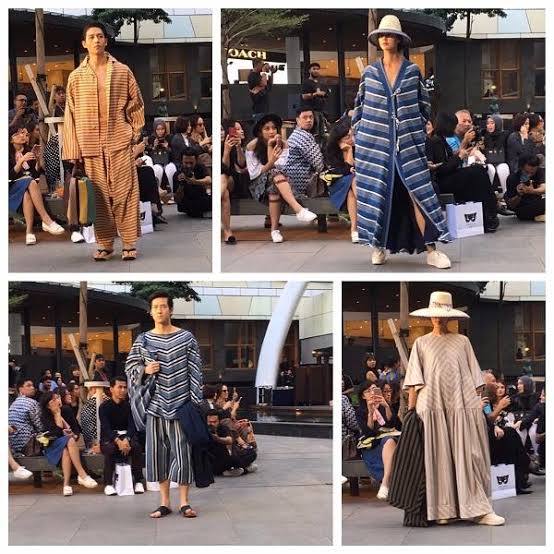Philosophies, Motifs Patterns, and Functions of Lurik
PHILOSOPHIES, MOTIFS PATTERNS, and FUNCTIONS OF LURIK
Initiator by GKR Hemas & GKBRAA Paku Alam, Written by Jadi C. Djamaludin
The book launched at 7th ASEAN Traditional Textile Symposium at Yogyakarta in 2019. As a part of vision of the organization to nurture the culture within in South East of Asia, GKBRAA Paku Alam hopes that the tradition of Lurik could be preserved well.
The LURIK word originally came from old Javanese language called “Lorek”. The meaning of it is stripes or lines. The other meaning of Lurik is a pattern. In Central Java and East Java cloth that has it motifs in stripes or line called Lurik. The other interpretation of Lurik is come from the word of “rik” which is means lines or trench (parit). The word parit in this interpretation of lurik stated that lurik is the barrier. The barrier or could be assumed by protector. The Lurik could be a protector of the wearer from decency and dignity. Lurik protects the people who wear it from weather.
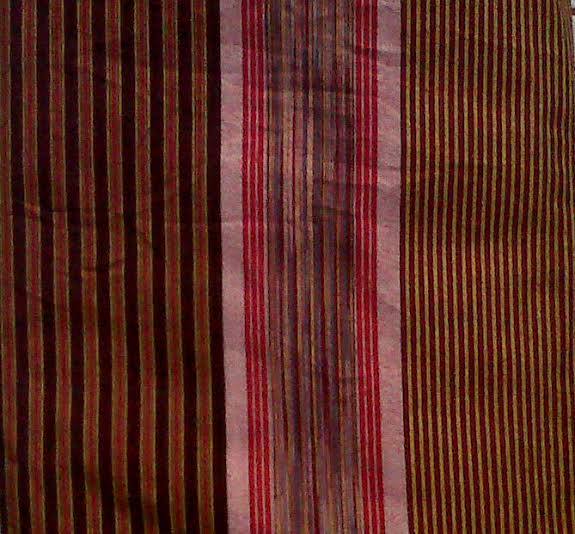 The line at Lurik has a couple of meaning such as, the straight line is symbolizing strength. The horizontal line means calmness or moving object. Diagonal lines has meaning an impression of dynamic condition.
The line at Lurik has a couple of meaning such as, the straight line is symbolizing strength. The horizontal line means calmness or moving object. Diagonal lines has meaning an impression of dynamic condition.
The process of Lurik has developed for hundred years. As culture heritage the Lurik has packed the meaningful value. From its process in the making until the way we wear it, has specific meaning and reasons.
Lurik Pattern in Society
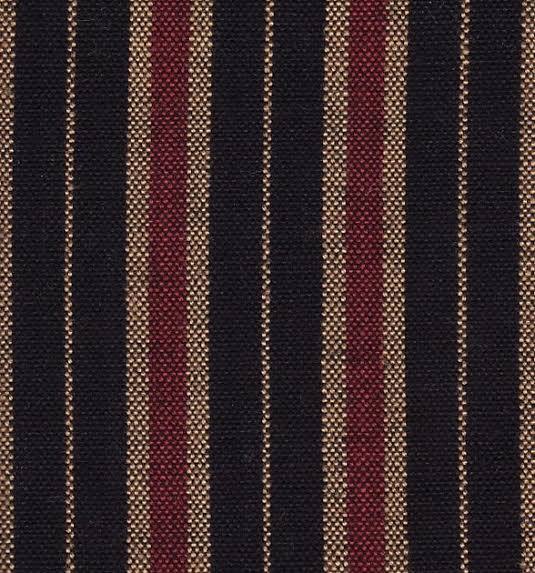 In the past time each region in Central & East Java have their own Lurik pattern. The area spread out from the coastal area to deep inside Java Island. Each of area has it own characteristic.
In the past time each region in Central & East Java have their own Lurik pattern. The area spread out from the coastal area to deep inside Java Island. Each of area has it own characteristic.
The pattern of Lurik are Kluwung Pattern, Klenthing Kuning Pattern, Telu Pattern, Coral Kluwung Pattern, Corak Kijing Miring, Udan Liris Pattern, Ketan Ireng Pattern, Tuluh Watu Pattern, Kesatrian Pattern, Kelonthongan Pattern, Liwatan Pattern, Sapit Urang Pattern, Sulur Ringin Pattern, Bribil Pattern, Sada Saler Pattern, Kembang Bayem Pattern, Ular Guling Pattern, Kembang Gedhang Pattern, Tulak Balak Pattern, Jaran Dawuk Pattern, Kinanthi Pattern, Lajuran Pattern, Mantrijero Pattern, Patangpuluh Pattern, White Jagakarya Pattern and Black Jagakarya Pattern.
Lurik Kraton of Yogyakarta
In Royalty of Yogyakartan and Surakarta, Lurik has a deep meaning. The meaning is as protector of the wearer. This deep meaning came from their mythology that called “Kejawen”.
 The one who wear Lurik in Kraton of Yogyakarta is Abdi Dalem Keparak (the servants) and the soliers. Telu Pat Pattern wornd by the Abdi Dalem. Actually the Abdi Dalem meaning is not the same with servant position, they are considered as the officials. They use the special Kedaton language called “Bagongan”. The pattern of Abdi Dalem Lurim made by Sri Sultan Hamengku Buwana V (1823-1855). He inspired by his visitation to Kraton of Banten, when he saw the female santri worn “kurung’ clothes.
The one who wear Lurik in Kraton of Yogyakarta is Abdi Dalem Keparak (the servants) and the soliers. Telu Pat Pattern wornd by the Abdi Dalem. Actually the Abdi Dalem meaning is not the same with servant position, they are considered as the officials. They use the special Kedaton language called “Bagongan”. The pattern of Abdi Dalem Lurim made by Sri Sultan Hamengku Buwana V (1823-1855). He inspired by his visitation to Kraton of Banten, when he saw the female santri worn “kurung’ clothes.
Bregada Army or the soldiers of Kraton of Yogyakarta wear so many kinds of Lurik. Lurik Mantrirjero, Jogokaryan Lurik, Ketanggungan Lurik and Patangpuluhan Lurik.
In the sacred ceremony of royalty Lurik also holds their part. The patterns are not the same and specialized only for the ceremony. The Pattern are Dringin, Tuluh Watu, Songer and Solok.
Lurik is the heritage of culture in Indonesia, we need to preserve it for the future. One of the way to preserve it is having knowledge more about Lurik. By reading the book it could be the starting over to preserve Lurik.
